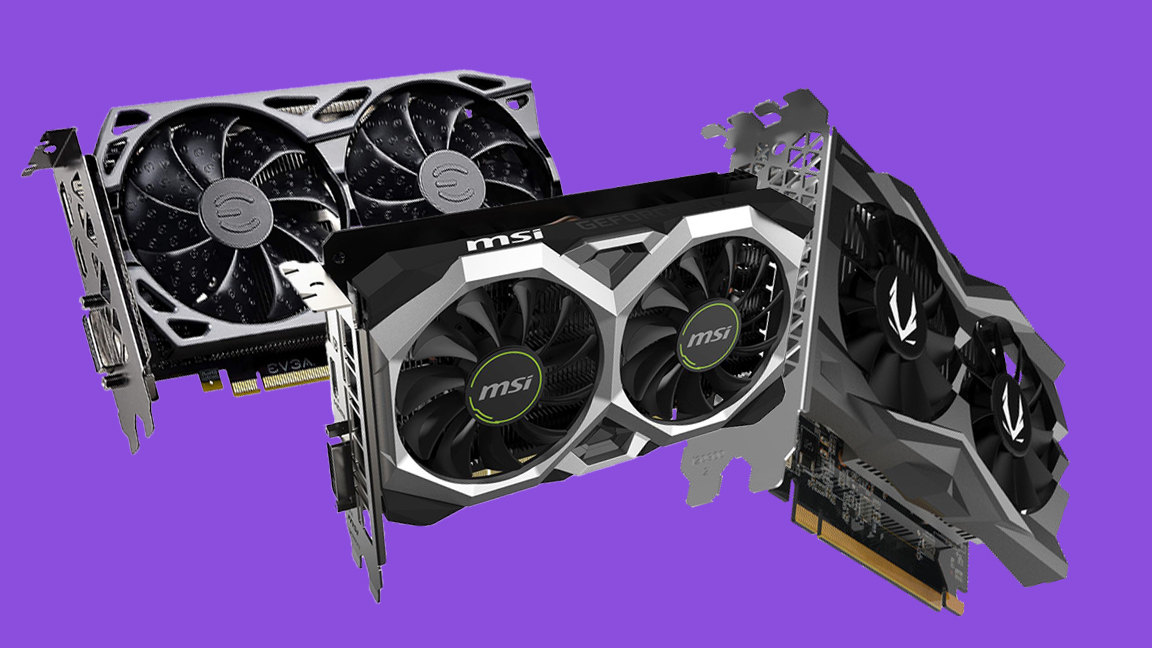One of Nvidia’s best features for RTX GPUs now works with GTX graphics cards
RTX Voice is now supported by GPUs all the way back to the 600-series

Nvidia’s RTX Voice feature, its nifty noise canceling tech, is now officially supported by GTX graphics cards, in a move recently – and silently (oh, the irony) – brought in with the GPU maker’s drivers.
As Tom’s Hardware spotted, without any announcement from Nvidia, the RTX Voice app was patched at some point to support older graphics cards – models going back to the GTX 600-series in fact, which are almost a decade old – with Nvidia’s 410.18 driver (or later versions).
- How to update and install the latest Nvidia graphics drivers
- See all the best processors
- And these are the best graphics cards
Nvidia states: “To use RTX Voice, you must be using an Nvidia GTX or RTX graphics card, update to Driver 410.18 or newer, and be on Windows 10.”
RTX voice was introduced with Nvidia’s Turing (last-gen) cards, giving RTX owners the ability to block out background noise for better audio in video (or voice) calls, and doing a great job of it – in fact, we labeled this as one of the best features delivered by RTX 2000 series cards.
Tensor situation
However, there was a surprisingly easy workaround to get RTX Voice working with GTX graphics cards, which became common knowledge not long after the tech was introduced. Although at the time, it wasn’t clear how much of a performance hit non-RTX users might experience without the Tensor Cores (in RTX cards) that Nvidia said drives the noise canceling process.
However, it now seems that GTX graphics cards can handle the task just fine, otherwise Nvidia wouldn’t have introduced official support (obviously). Why this wasn’t available in the first place, then, has been something of a point of debate as you might imagine, although there may have been further optimization work carried out down the line by Nvidia, to enable the broader rollout of the feature (which was first introduced in beta a year ago).
You might also think that the feature should be renamed without the ‘RTX’ reference, given that an RTX graphics card is no longer a requirement, but here’s where a caveat comes in.
Sign up for breaking news, reviews, opinion, top tech deals, and more.
The RTX Voice app has been superseded by RTX Broadcast, which includes the same noise canceling functionality, along with the ability to use virtual backgrounds with your webcam footage. The latter is likely to be the sole app which is updated with new features going forward, whereas RTX Voice will likely now be left by the wayside (without updates), which is possibly part of Nvidia’s reasoning for opening that application up to a wider audience.
- Check out all the best computing components
Darren is a freelancer writing news and features for TechRadar (and occasionally T3) across a broad range of computing topics including CPUs, GPUs, various other hardware, VPNs, antivirus and more. He has written about tech for the best part of three decades, and writes books in his spare time (his debut novel - 'I Know What You Did Last Supper' - was published by Hachette UK in 2013).